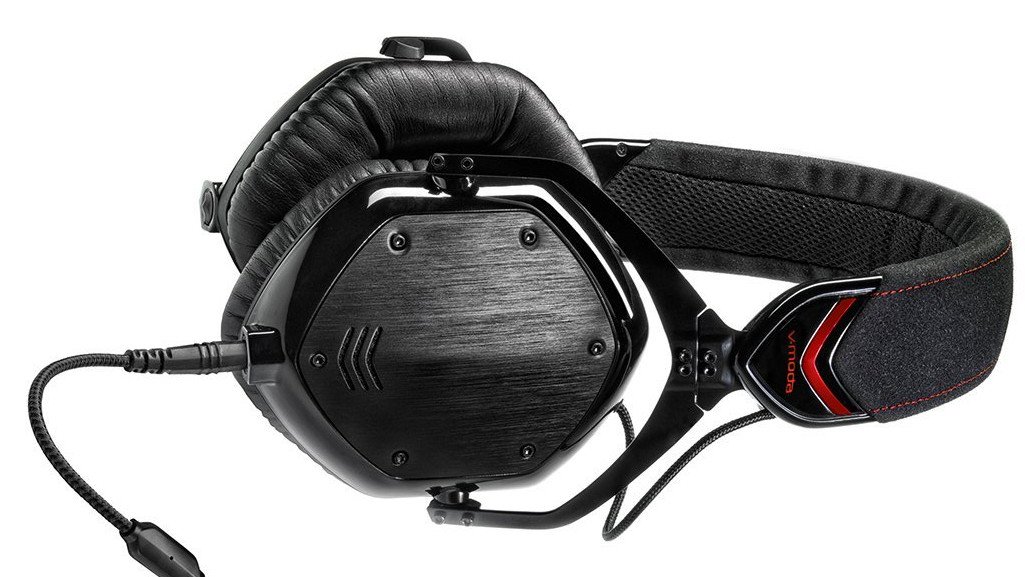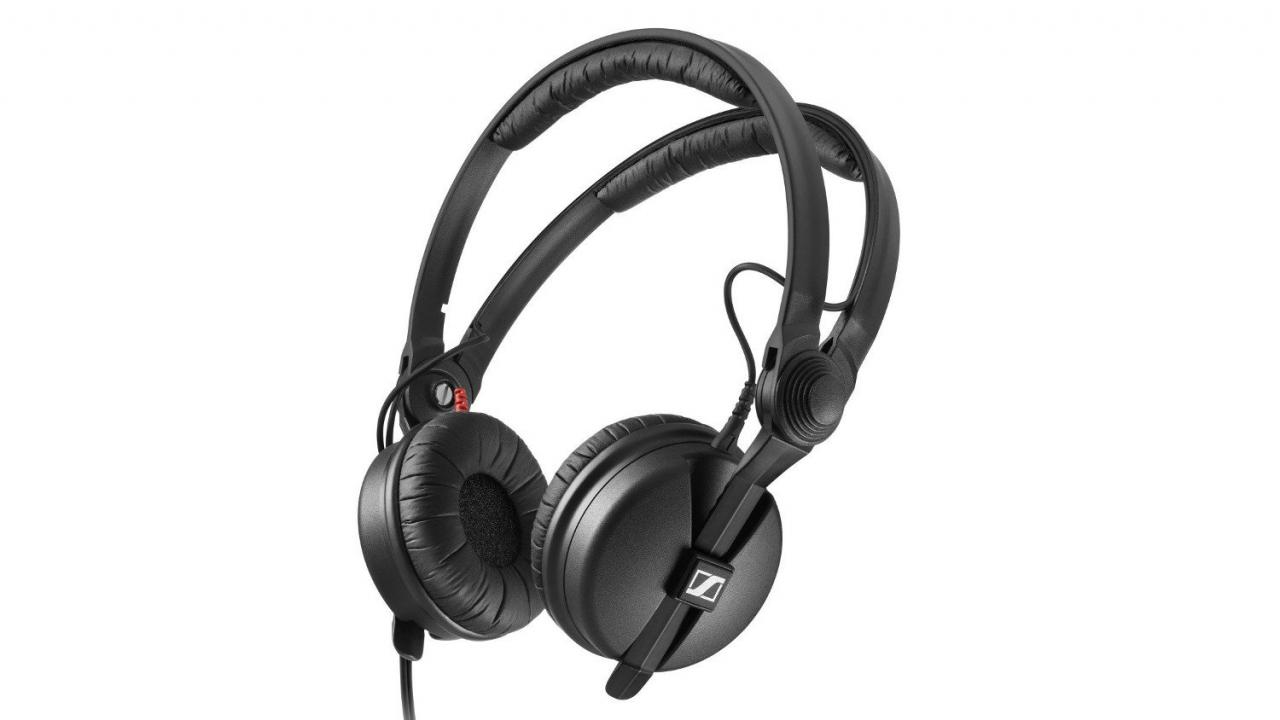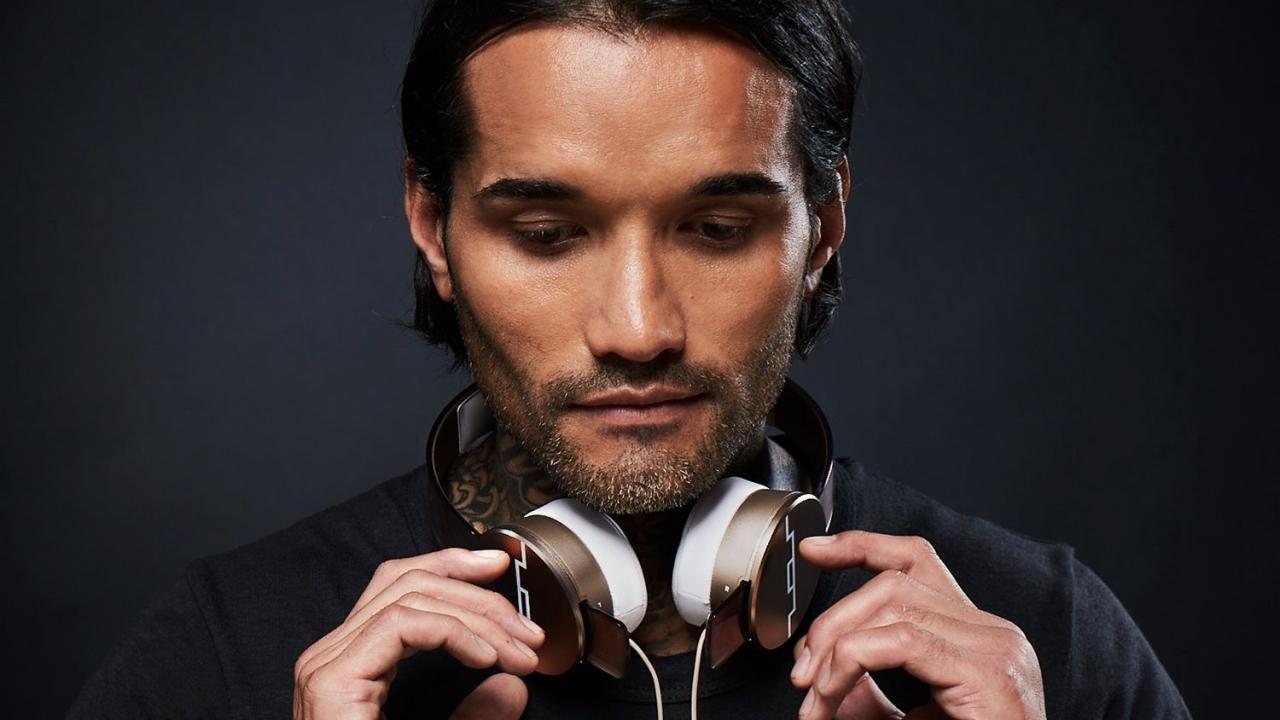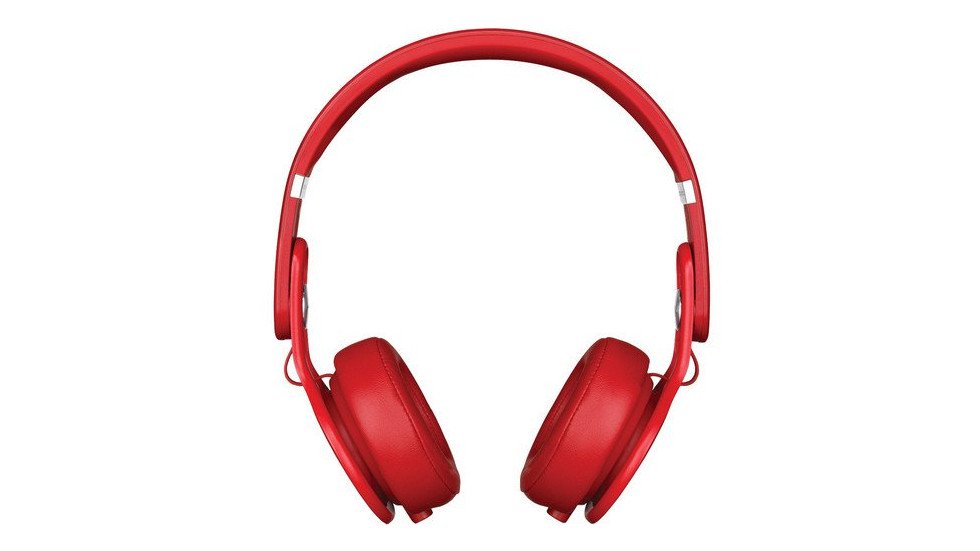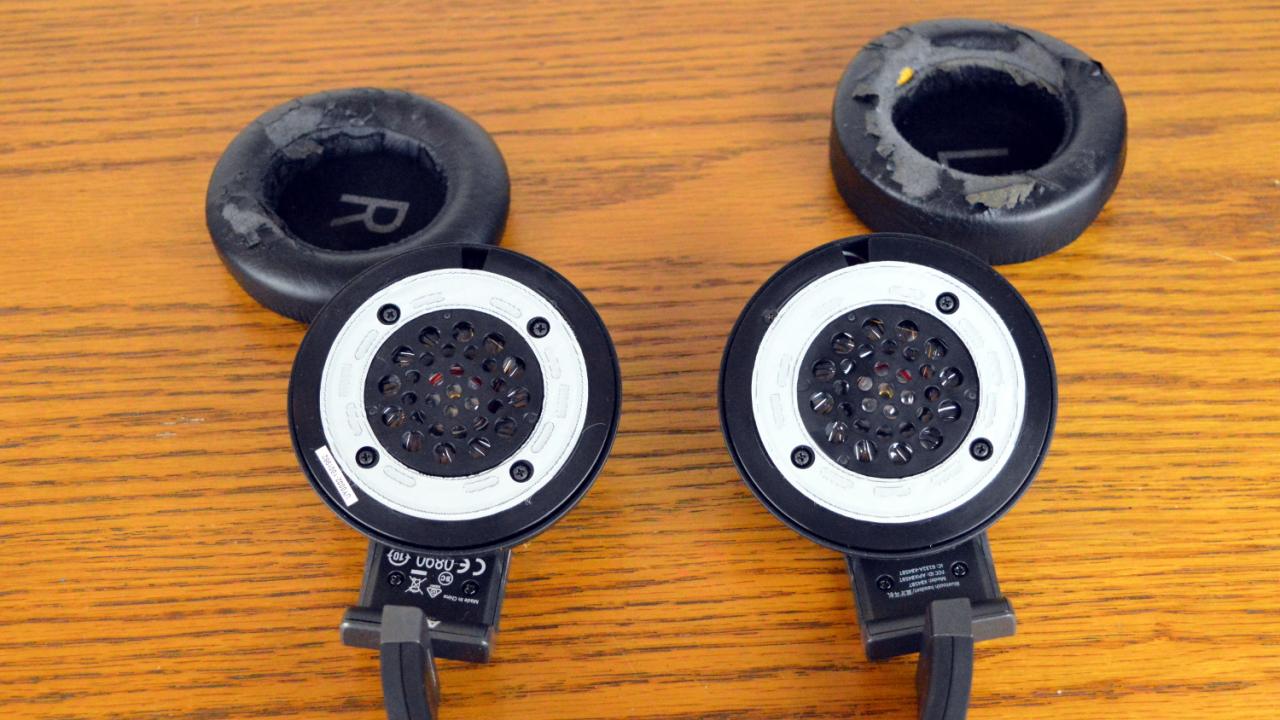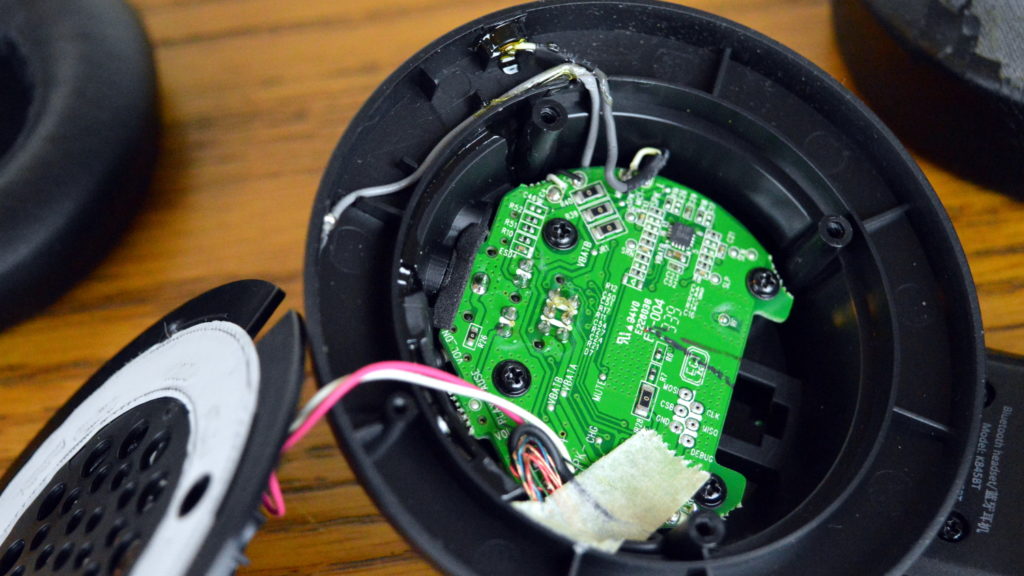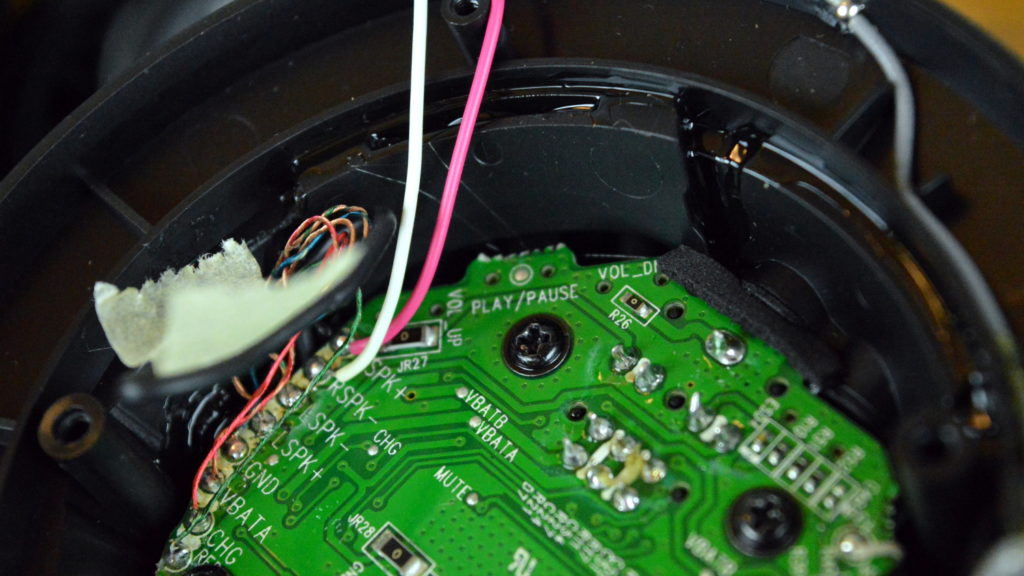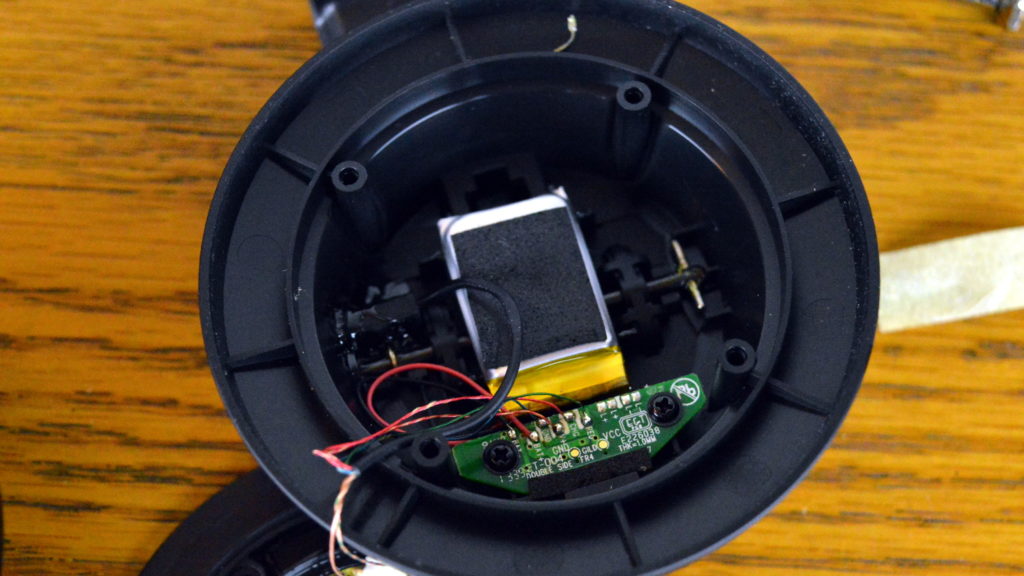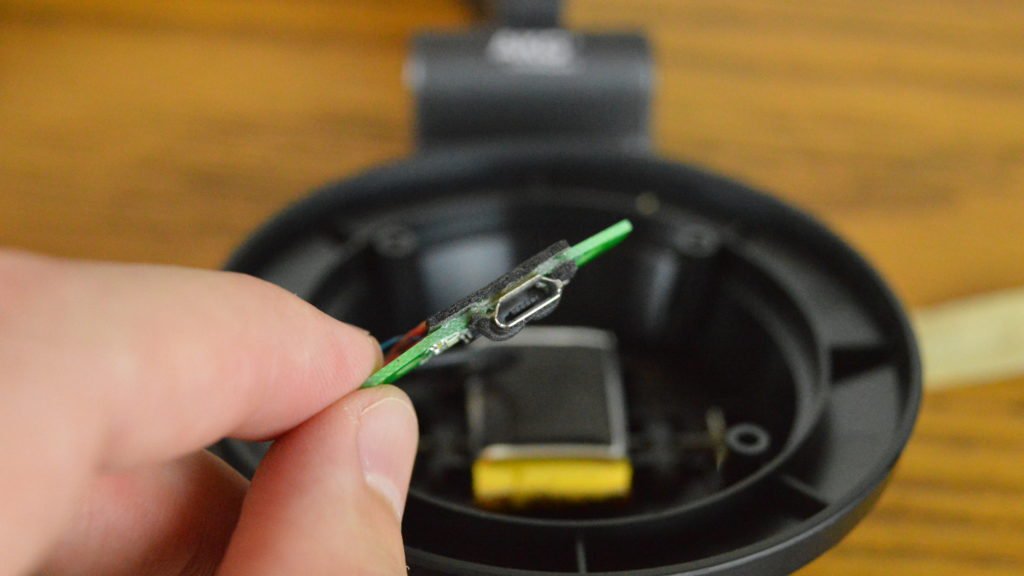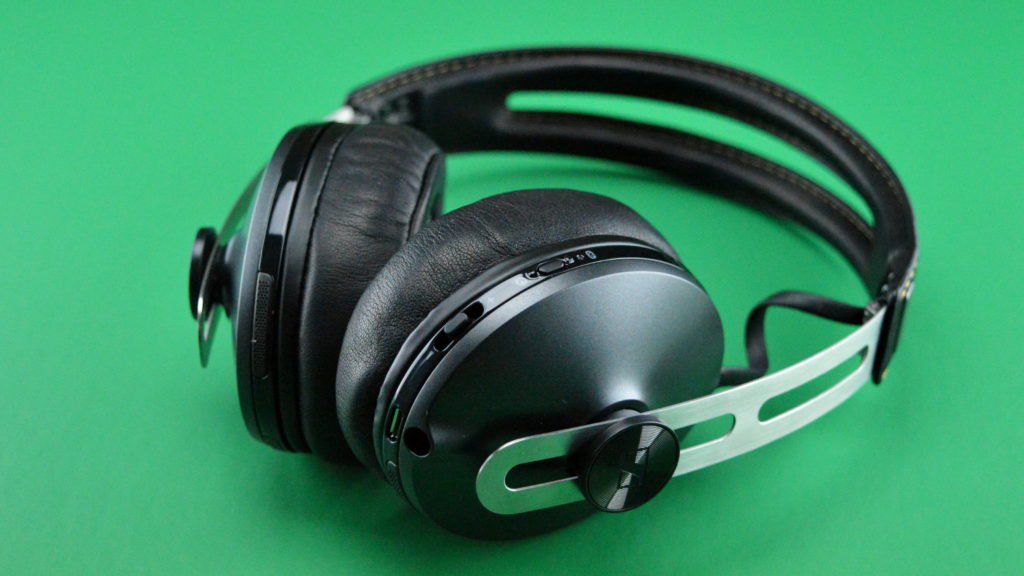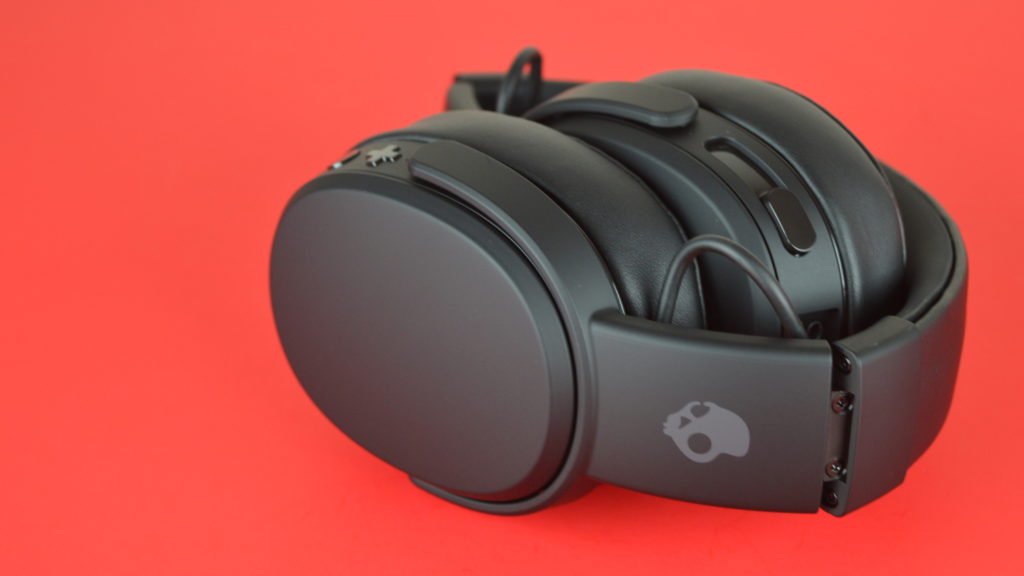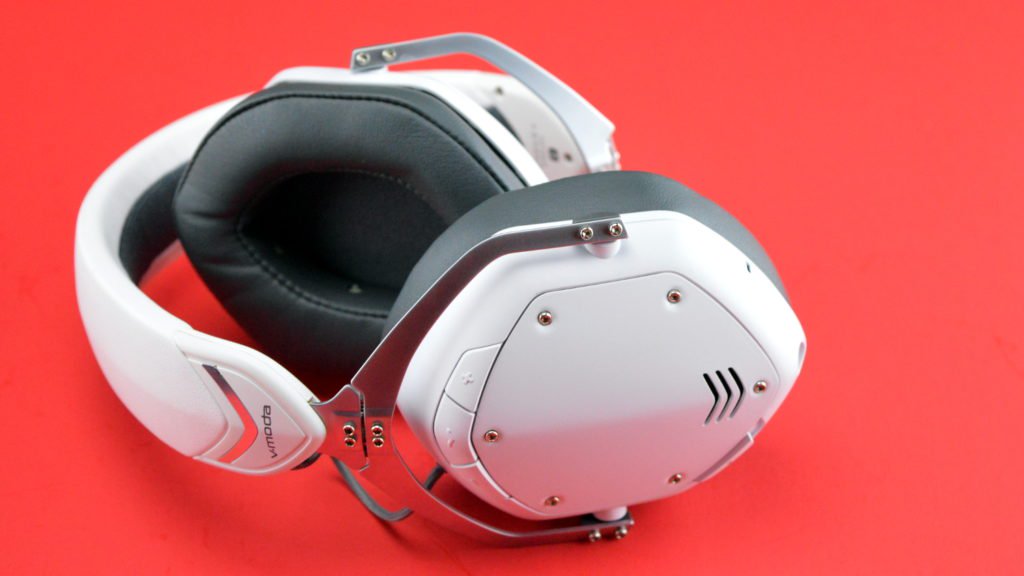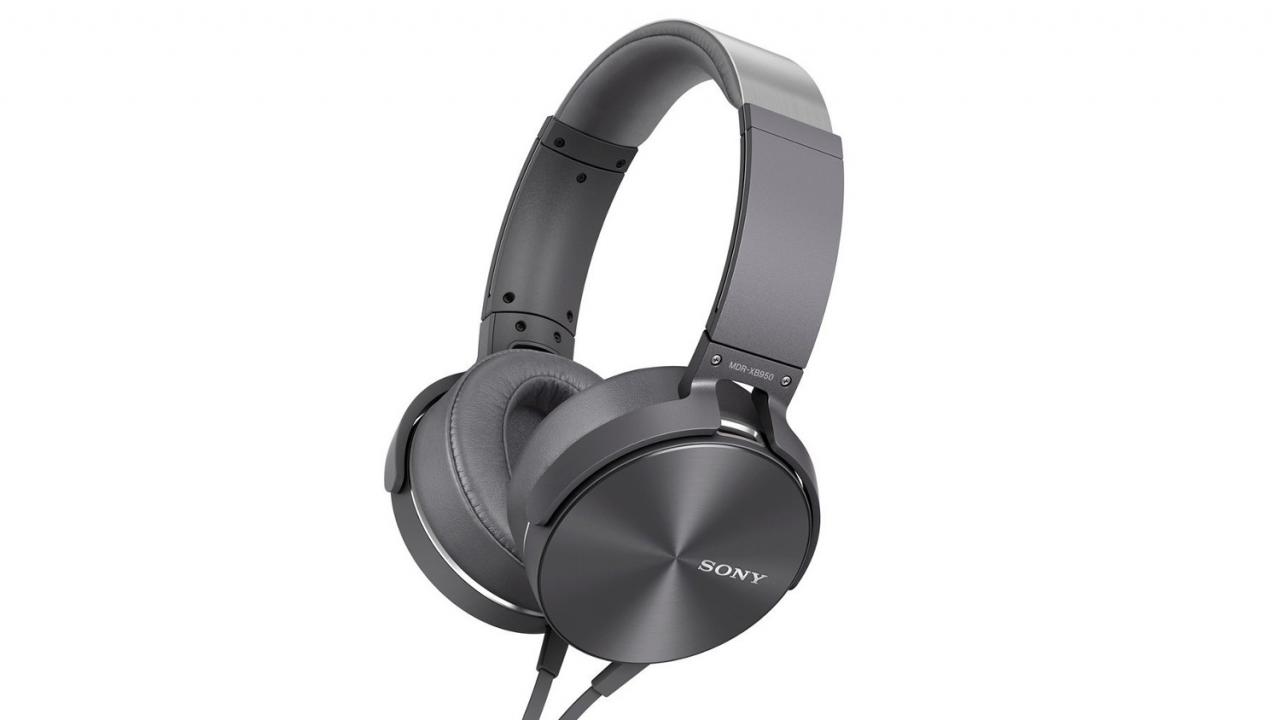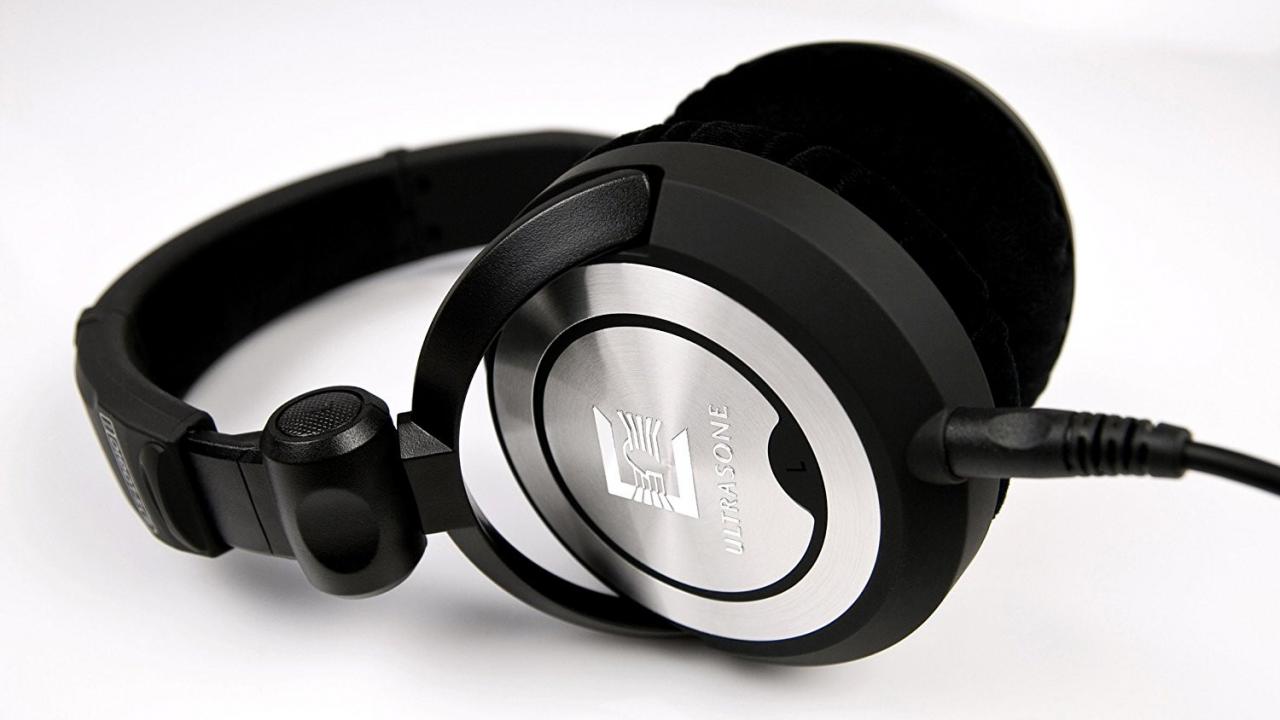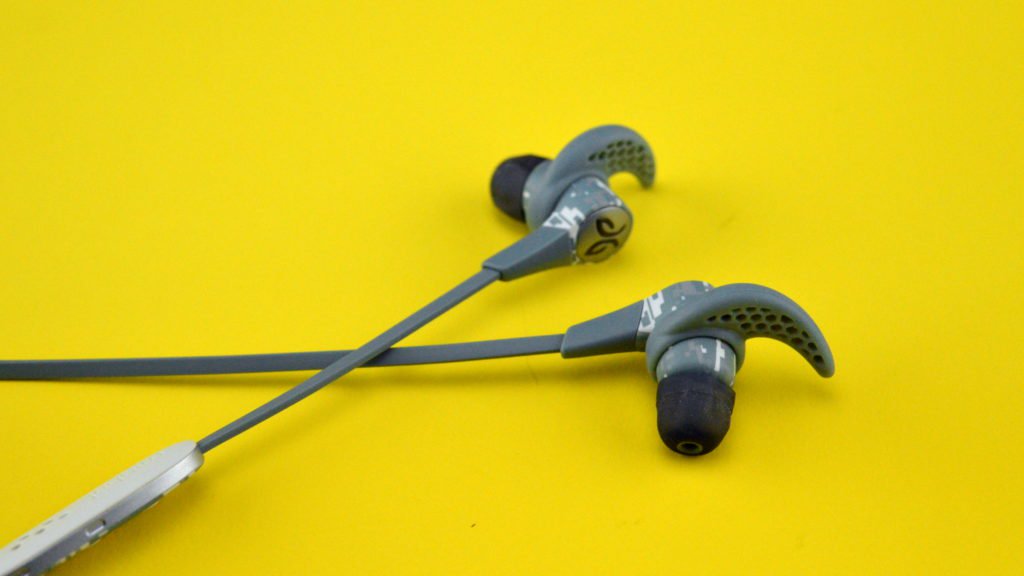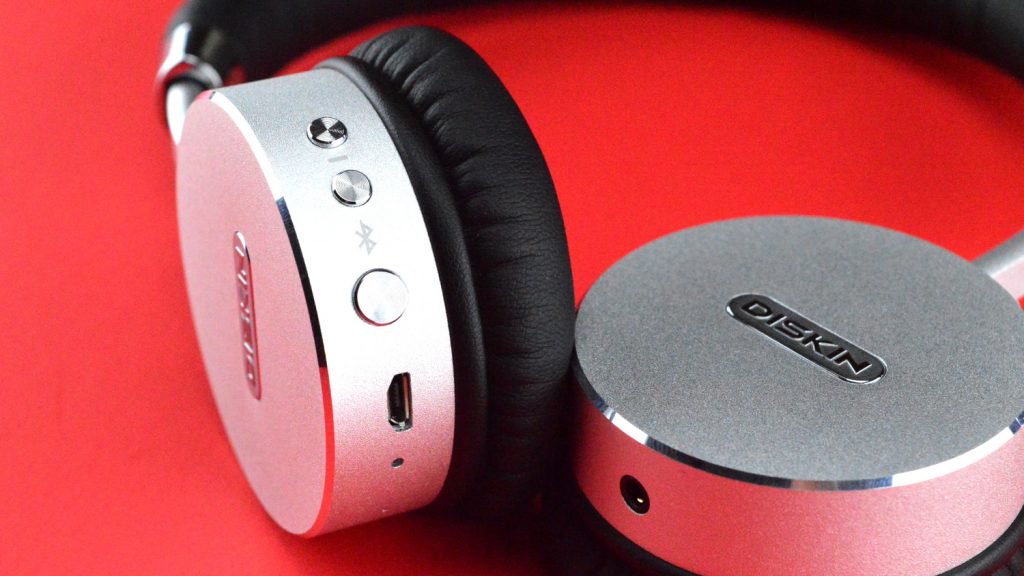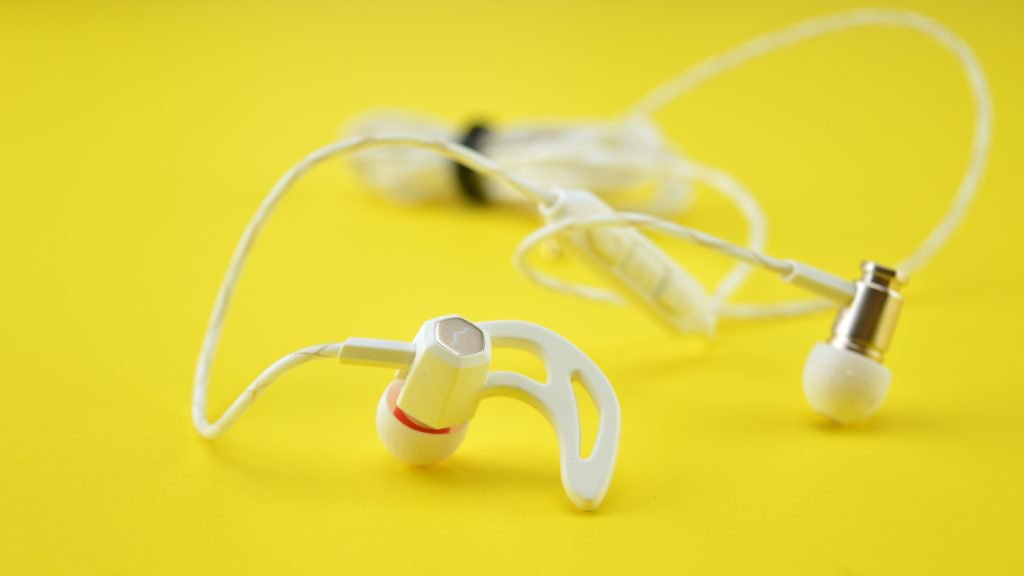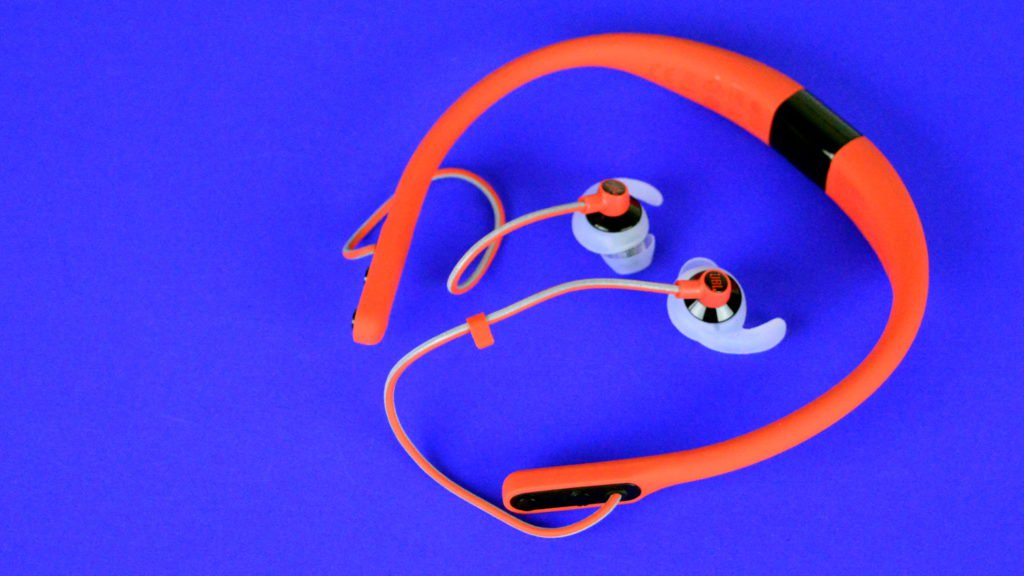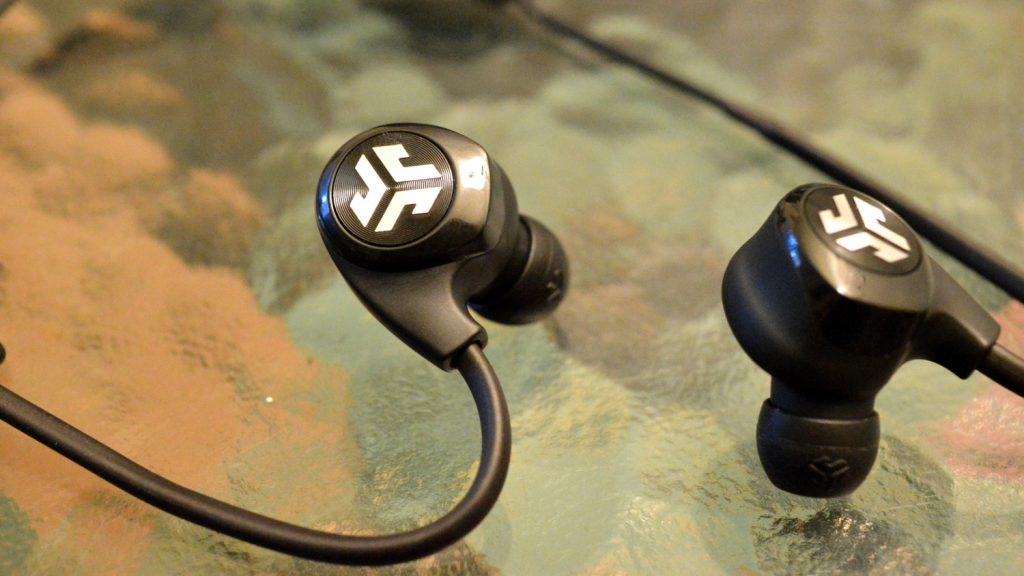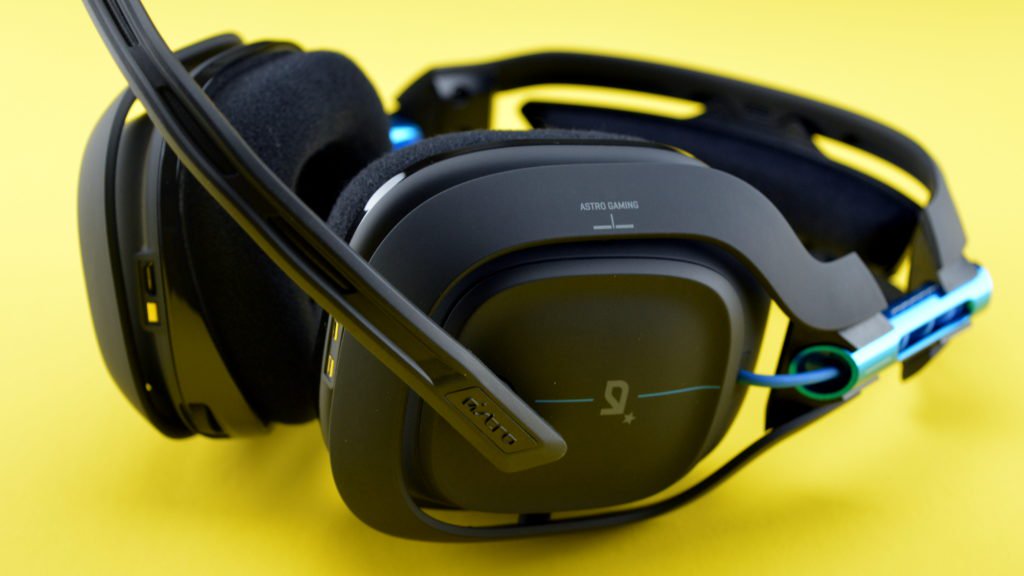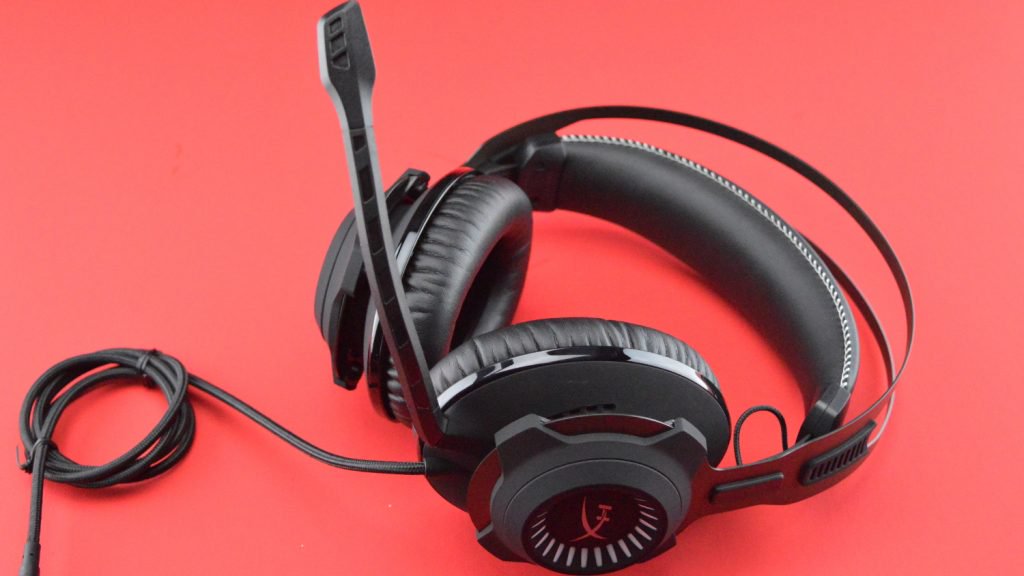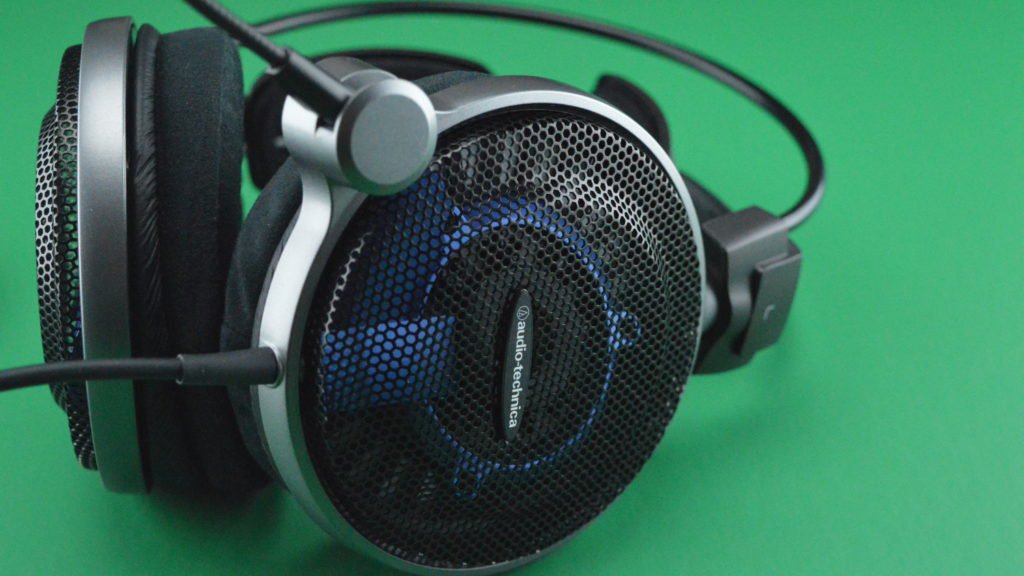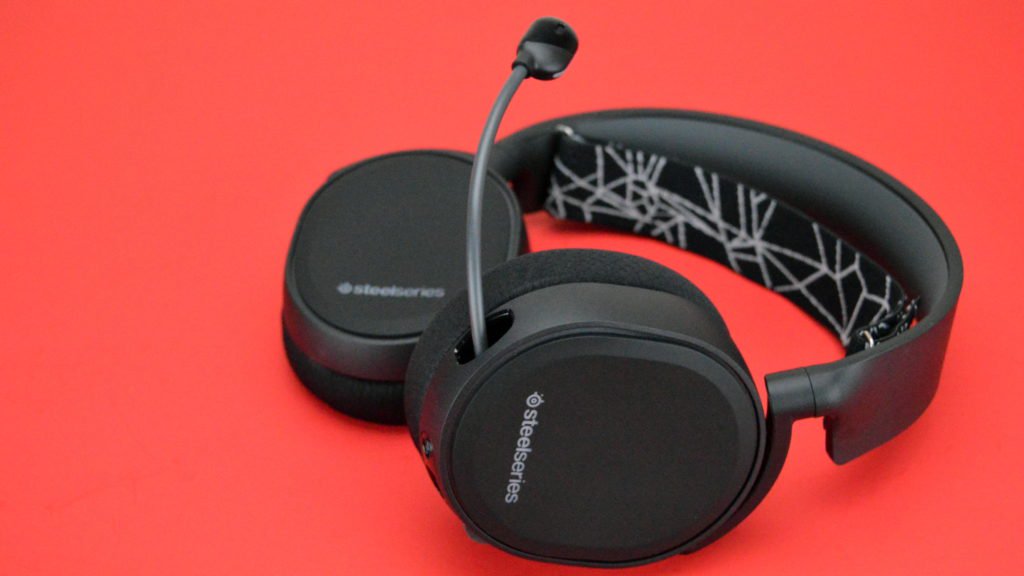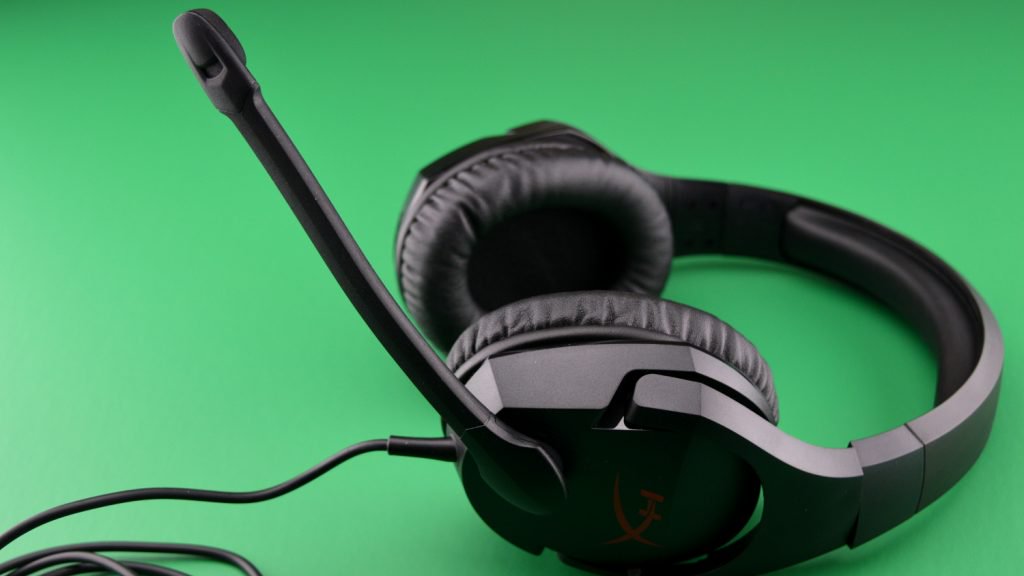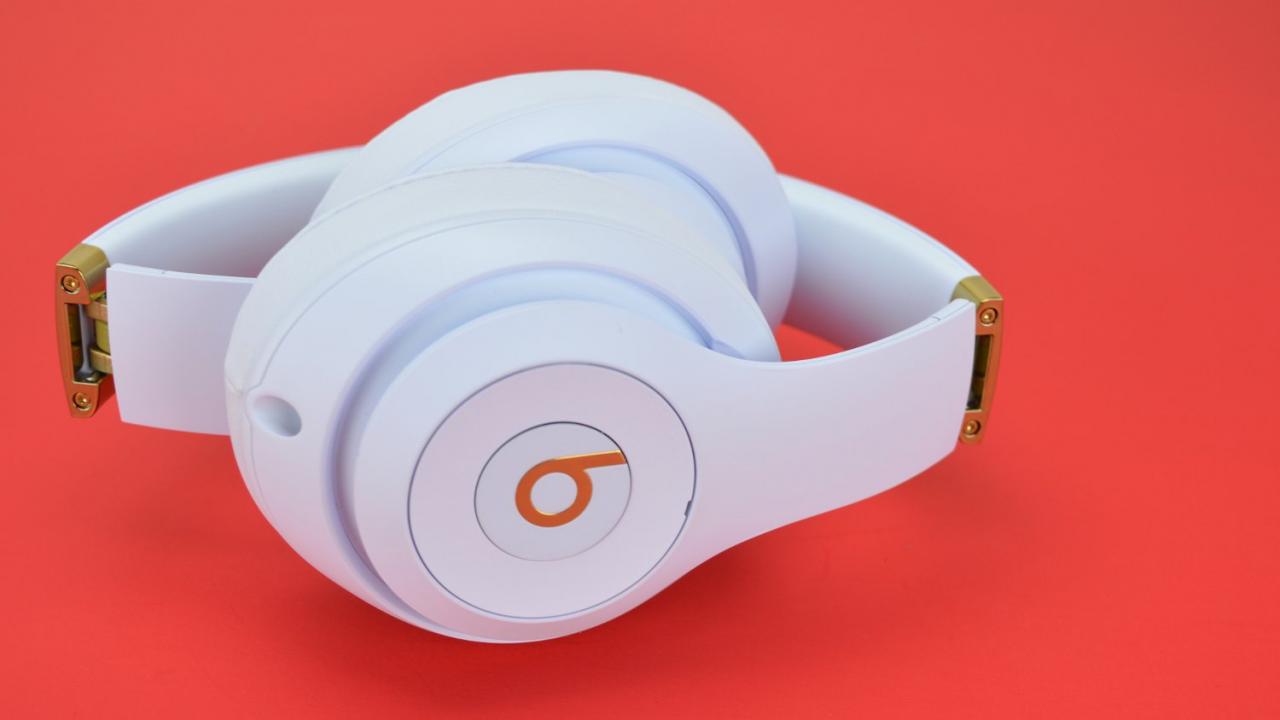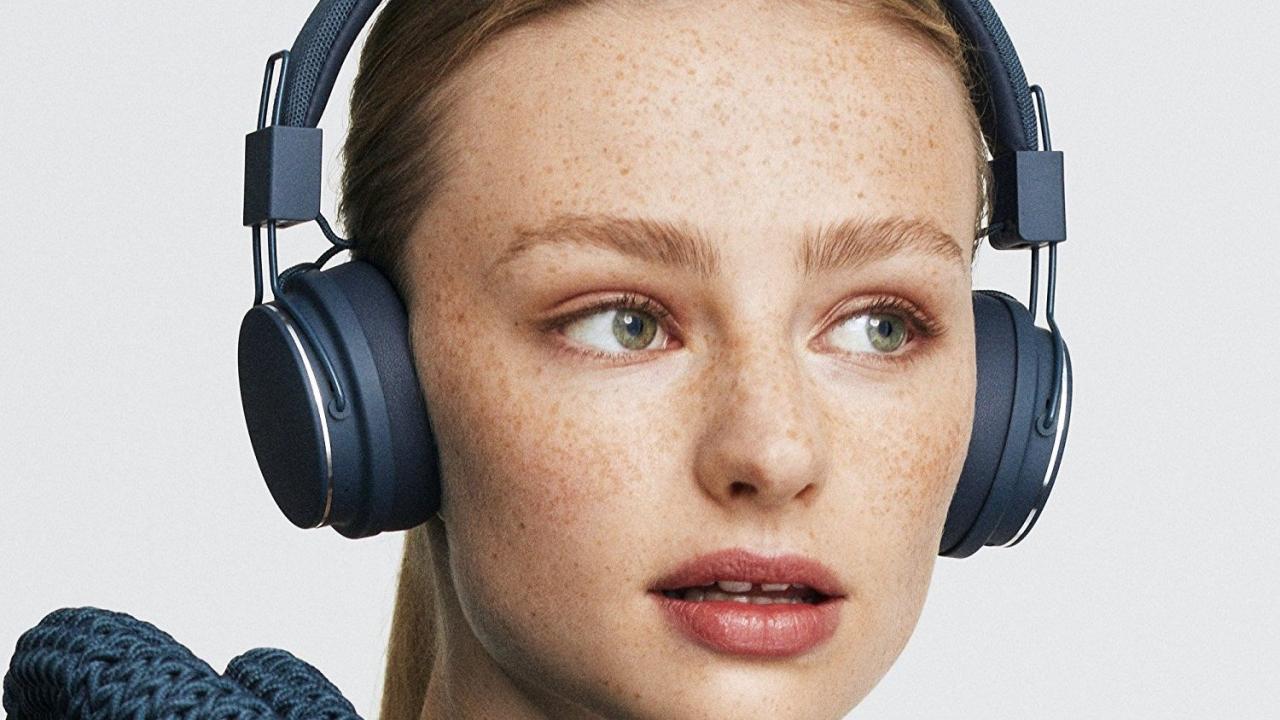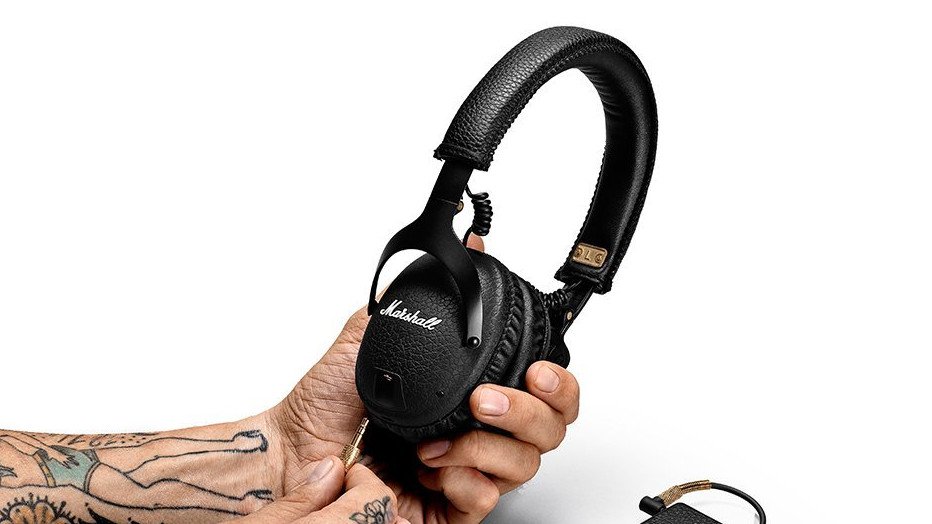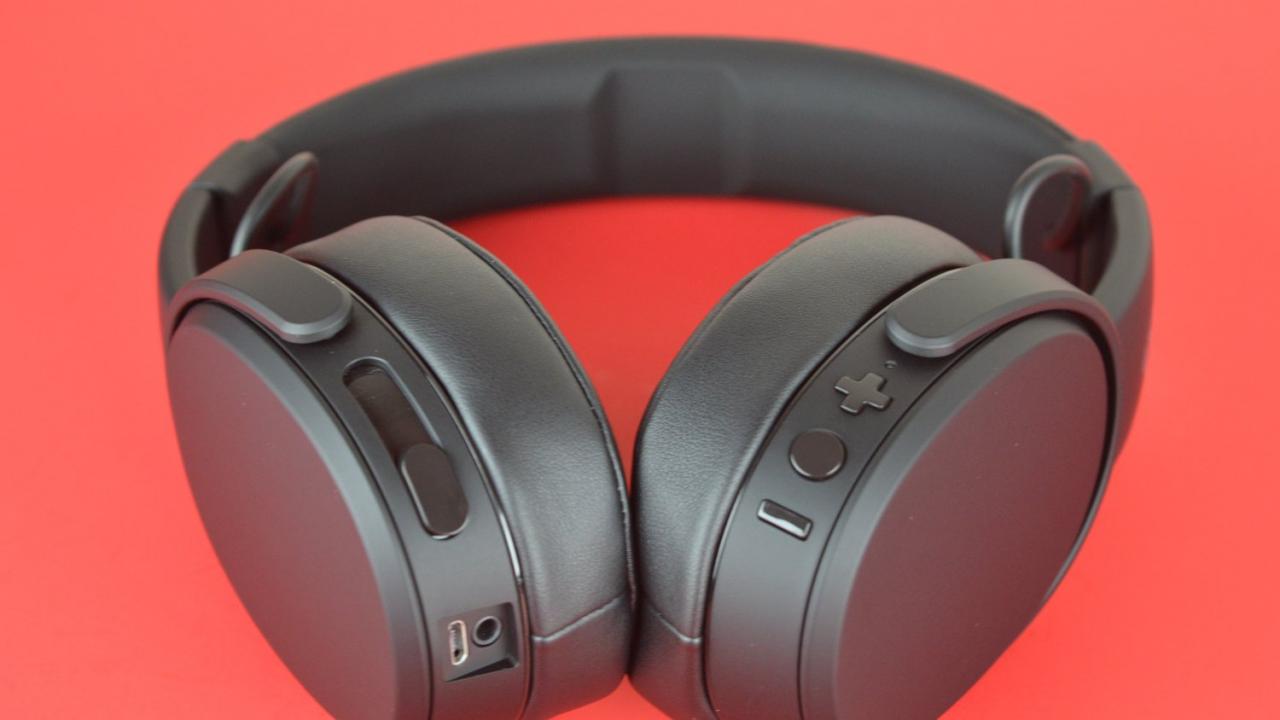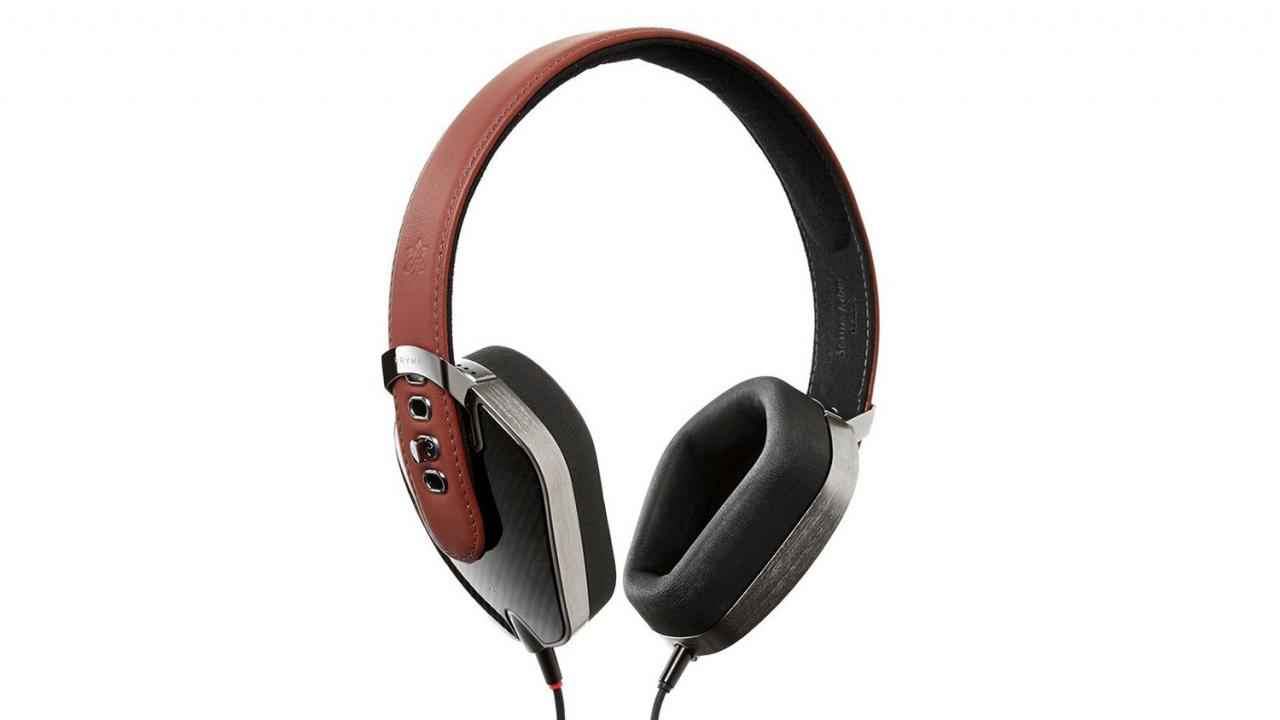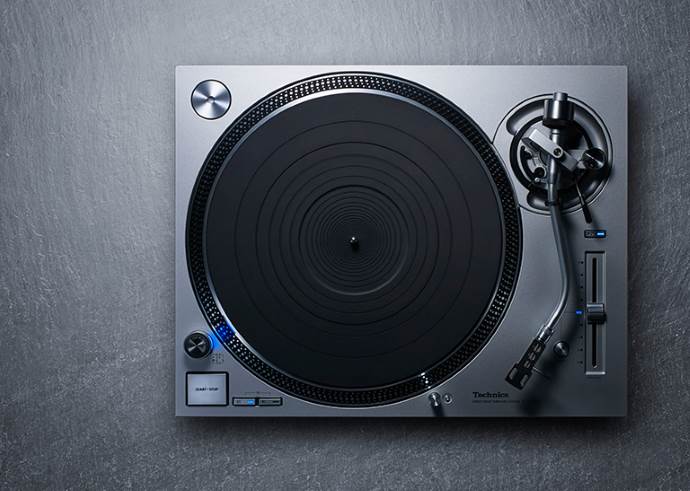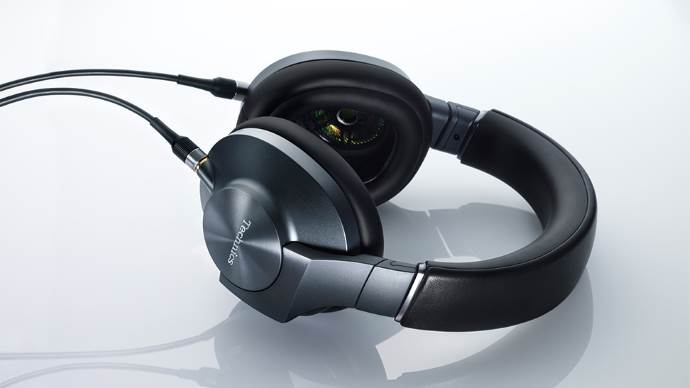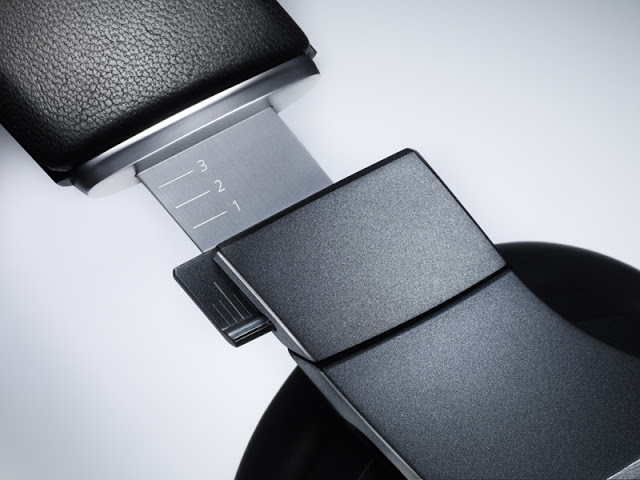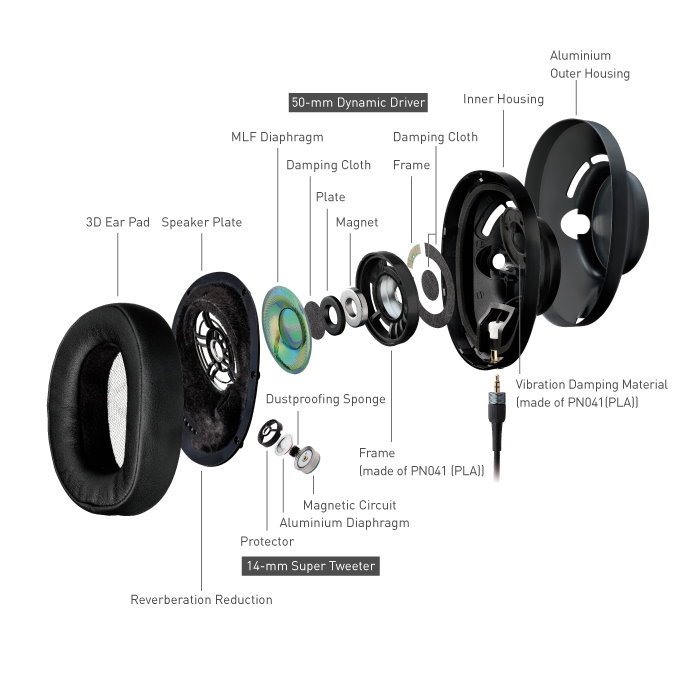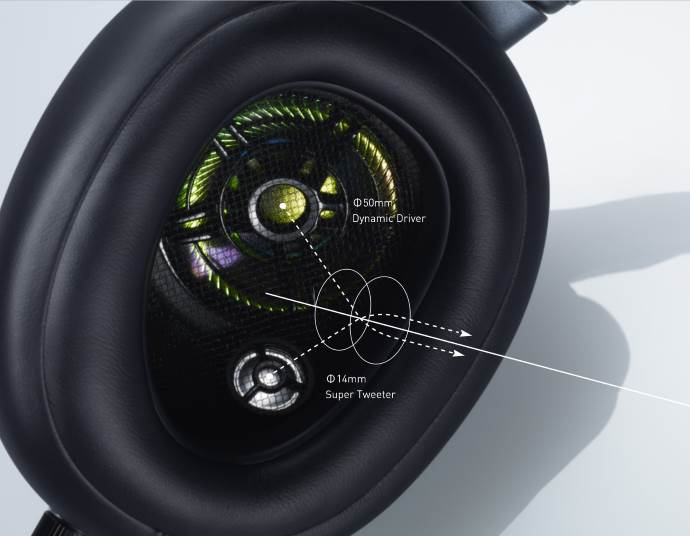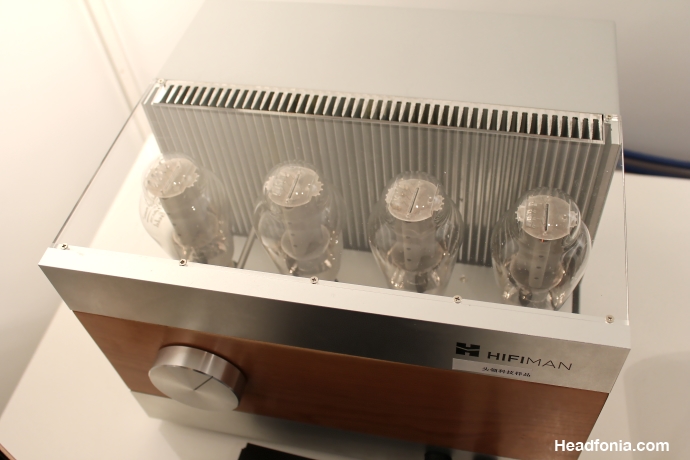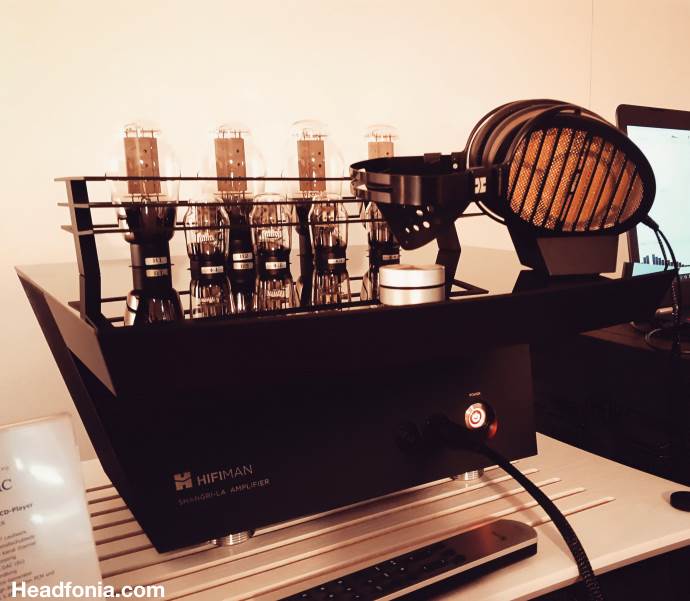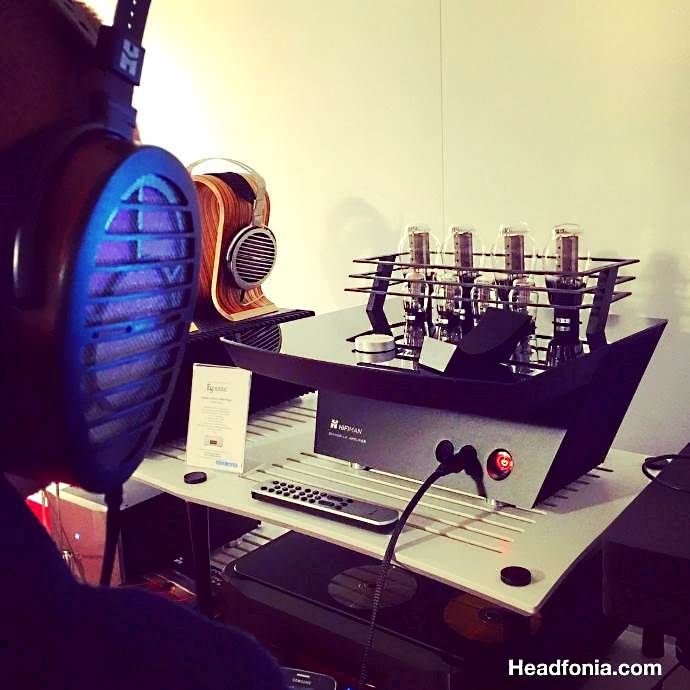The gaming headset market is heating up. Gone are the days when you were limited to one or two decent options — these days, there are dozens of great gaming headsets. Some of them, however, stand above the rest. The Astro A50 has long been considered one of the best gaming headsets out there. It sounds great, is wireless, and is super comfortable. Now, however, there’s another serious option out there for those that want a decent wireless gaming headset — the SteelSeries Arctis Pro Wireless.
But which of the two headsets is better? Or rather, which one is better for your particular situation? We put the two headsets head to head to find out whether one of them was a better option than the other.
Before you read our comparison, you may want to take a look at the full reviews of the headphones:
- SteelSeries Arctis Pro Wireless review
- Astro A50 review
Design
The Astro A50 and SteelSeries Arctis Pro Wireless are designed a little differently — and the differences may be important to you.
For starters, the SteelSeries Arstic Pro Wireless is perhaps the sleekest of the two headsets. The headset features SteelSeries’ typical elastic headband, which is adjustable, along with matte black plastic on the ear cups. The headphones feel very solid — like they won’t break unless under a lot of stress. The microphone on this headset, like SteelSeries’ other offerings, is retractable — which is very nice.
Along with the headset, you’ve also got a wireless station, which you’ll plug in to your computer. The station features a few different ports on the back, along with a volume wheel on the front, which is easy to access. It also has a battery charger — and the headset comes with two batteries. That means you can use the headset until it runs out of batteries, then trade the battery for a charged up one.
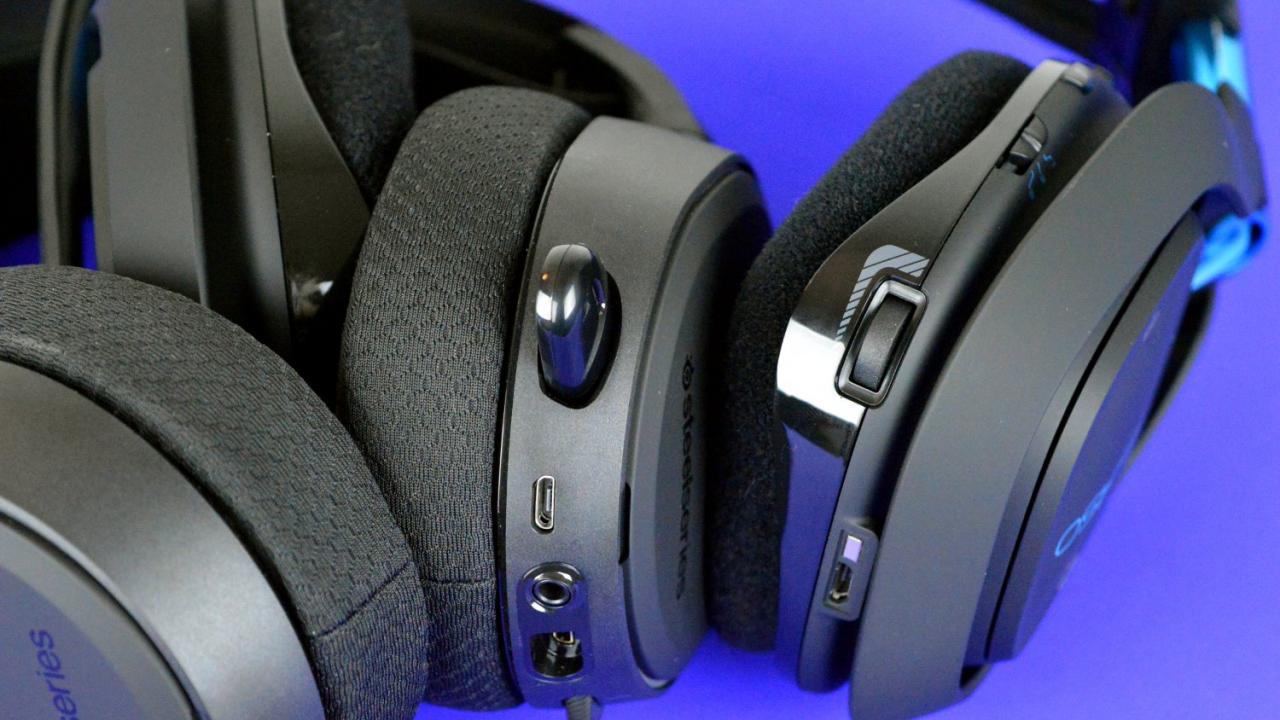
The Astro A50 is a little more extravagant in its design. It’s still black, but with blue highlights, and controls on the side of the ear cup instead of the bottom. It’s not really as sleek as the SteelSeries Arctis Pro Wireless, nor as simplistic, but some might prefer the extra pizazz. The microphone, instead of being retractable, folds up. The headset does have a design advantage though, and that comes in the form of the base station — which also acts as a charging station. That means that when you’re not gaming you can simply place the headset on the base station, and it should be ready to go the next time you want to play.
It’s hard to award a winner in the design section. We definitely prefer the look of the SteelSeries Arctis Pro Wireless, but it’s hard to beat the convenience of the charging station the Astro A50 has to offer — even with a replaceable battery and battery charging slot in the base station, as the Arctis Pro Wireless offers. In the end, it’s a tie.
Winner: Tie
Comfort
The comfort department is also a close contest — and once again the two headsets have a slightly different feel to offer.
The Astro A50 is a very comfortable headset, thanks largely to the soft material covering the foam in both the ear cups and the headband. It is a relatively heavy headset, but thanks to the comfort it doesn’t feel overly so.
The SteelSeries Arctis Pro Wireless is also very comfortable. The material is a little less soft, but the trade-off is that it remains a lot cooler — and we think it’s a trade-off that’s well worth it. On top of that, the headband is elastic and adjustable, which helps ensure that the top of your head doesn’t get uncomfortable during long playing sessions.
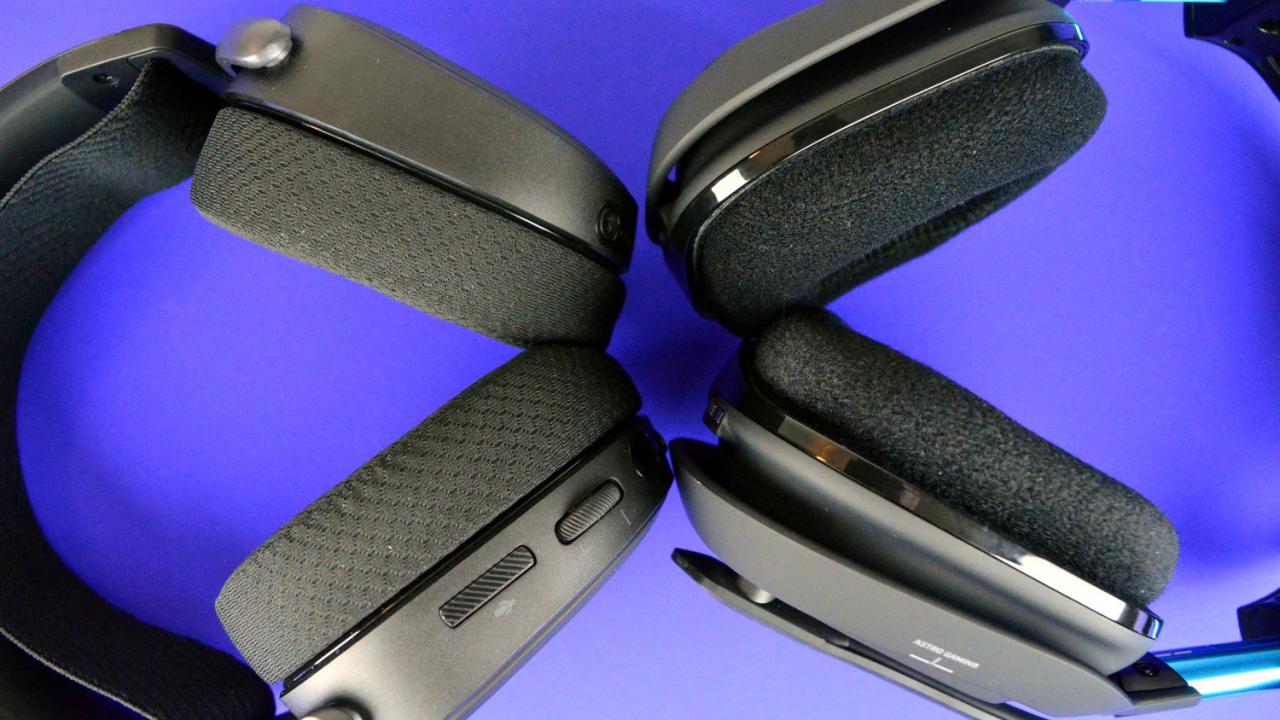
In the end, we think the Arctis Pro Wireless is the slightly more comfortable headset. It stays cooler and is able to deal with the headset’s weight a little easier.
Winner: SteelSeries Arctis Pro Wireless
Sound
Perhaps the most important thing to consider here is how the two headsets sound — and thankfully, they both sound great — but once again, not totally the same.
The SteelSeries Arctis Pro Wireless offers a full range of excellently-tuned audio. There’s plenty of bass, which is perfect for kick drums and bass guitars in music, and explosions and gunshots in games. The mid-range is well-tuned too — there’s a solid amount of warmth, plus the high-mids are loud enough to help your team-mates’ voices cut through the mix. The high-end is detailed and clear.
That’s not to say the Astro A50 doesn’t offer these things. In fact, it does. Perhaps the biggest difference between these headsets lies in the high-end. While the SteelSeries Arctis Pro Wireless offers quite a natural sound, the Astro A50 pushes the high end a little. That creates a sound that offers plenty of detail, to be sure, but it can make high frequencies sound a little shrill — and take away a little from the natural sound.
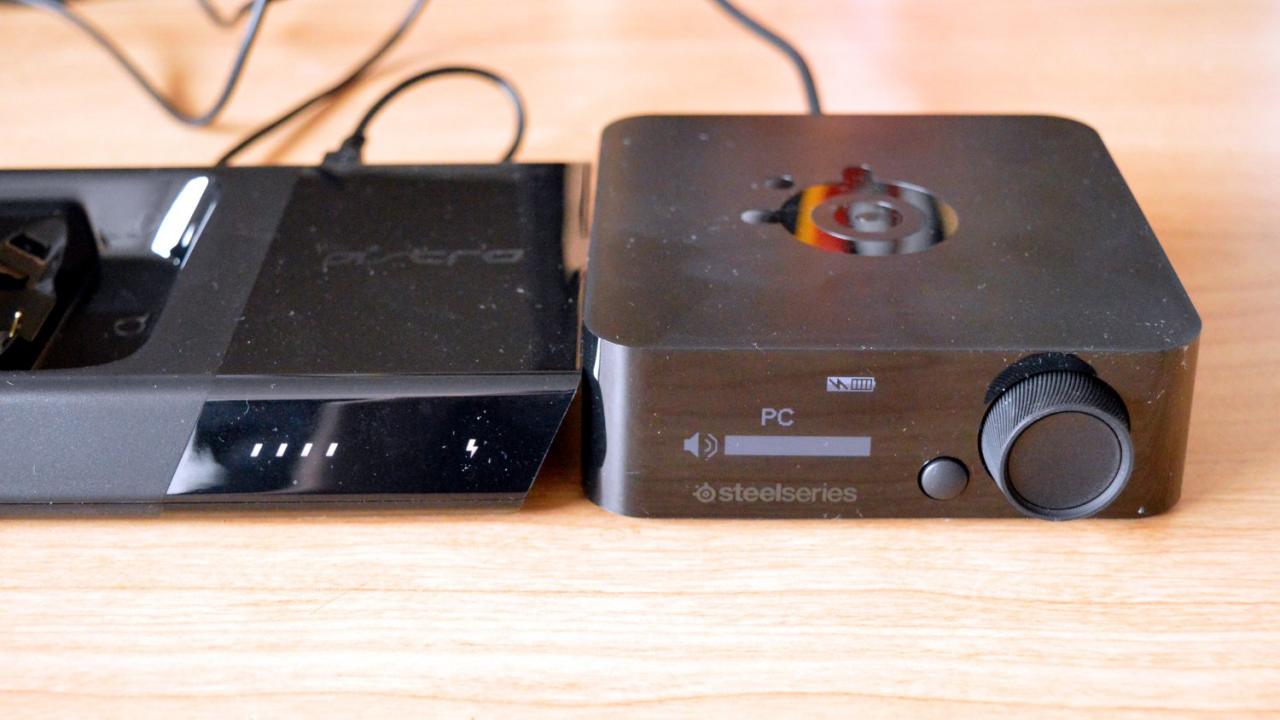
There’s another major difference in sound quality here, and that’s that the Astro A50 offers 7.1 surround sound — which may be important to some. If that’s you, then you can skip right to the links to buy the headset below.
So which one’s better? If you’re looking for a super natural sound, then the SteelSeries Arctis Pro Wireless is a slightly better-sounding headset. That said, if you want a high-end boost or surround sound, then the Astro A50 may be the choice for you.
Winner: SteelSeries Arctis Pro Wireless.
Performance
The SteelSeries Arctis Pro Wireless is slightly ahead in two categories — but what about performance? There are a few things to consider here — wireless performance, and battery life.
Both headsets performed extremely well when it comes to wireless performance — and we never experienced any skips or jumps during gameplay.
What that means is that this category is down to battery performance. The SteelSeries Arctis Pro Wireless gets 10 hours of use on a single charge, but as mentioned you get a second battery with the headset, which effectively doubles that — if you don’t mind swapping out the battery when it’s done. The Astro A50, however, gets 15 hours on a single charge — and it’ll be rare that you run out if you remember to keep it on its charging station when it’s not being used.
The ability to swap out the battery is nice, but in terms of raw battery life the Astro A50 is the winner here — so it wins the category.
Winner: Astro A50
Microphone
The microphone on a gaming headset is never all that special, but both of the microphones on these headsets will do just fine for gaming. We recommend looking for a dedicated microphone if you want to record podcasts or Let’s Play videos, but again, for in-game chat it won’t matter as much.
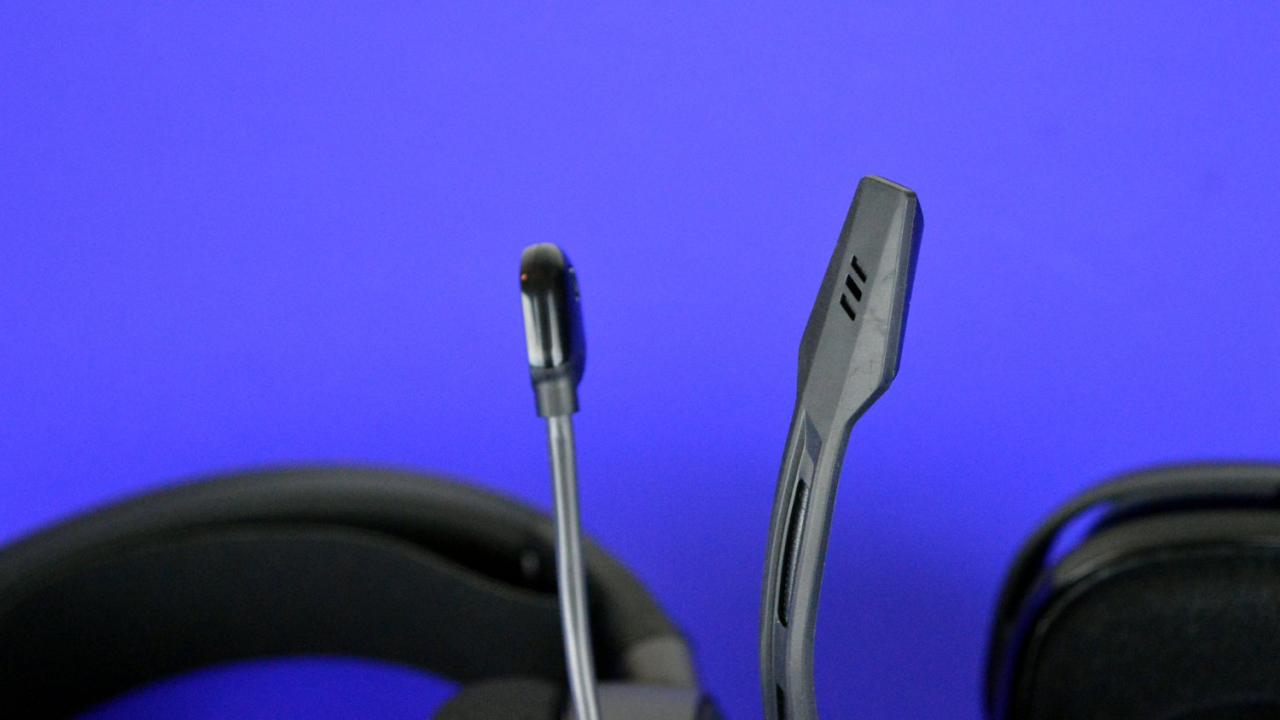
In general, we found that the Astro A50’s microphone sounded a little better than the microphone on the SteelSeries Arctis Pro Wireless. It simply had a bit more body to it and sounded more natural.
Winner: Astro A50
Conclusions
This is a very close competition, and in the end both headsets are excellent options. Not only that, but we haven’t even talked about price yet — the SteelSeries Arctis Pro Wireless is currently around $100 more expensive than the Astro A50.
So which one should you go for? Well, it depends. If you want a premium headset that’s super comfortable and sounds great, then the SteelSeries Arctis Pro Wireless is the headset to go for. If, however, you want a 7.1 surround sound gaming headset with a slightly better microphone, then go for the Astro A50.
These are both excellent gaming headsets, and they’re tailored to a slightly different market. If you still can’t decide, we think the SteelSeries Arctis Prr Wireless is the headset to go for.
You can buy both of the headsets for yourself using the links below.
- SteelSeries Arctis Pro Wireless
- Astro A50
| Store |
Price |
 |
$329.99 |
 |
$329.99 |
| SteelSeries |
$329.99 |
| Store |
Price |
 |
$200+ |
 |
$239.99 |
| Astro |
$239.99 |
